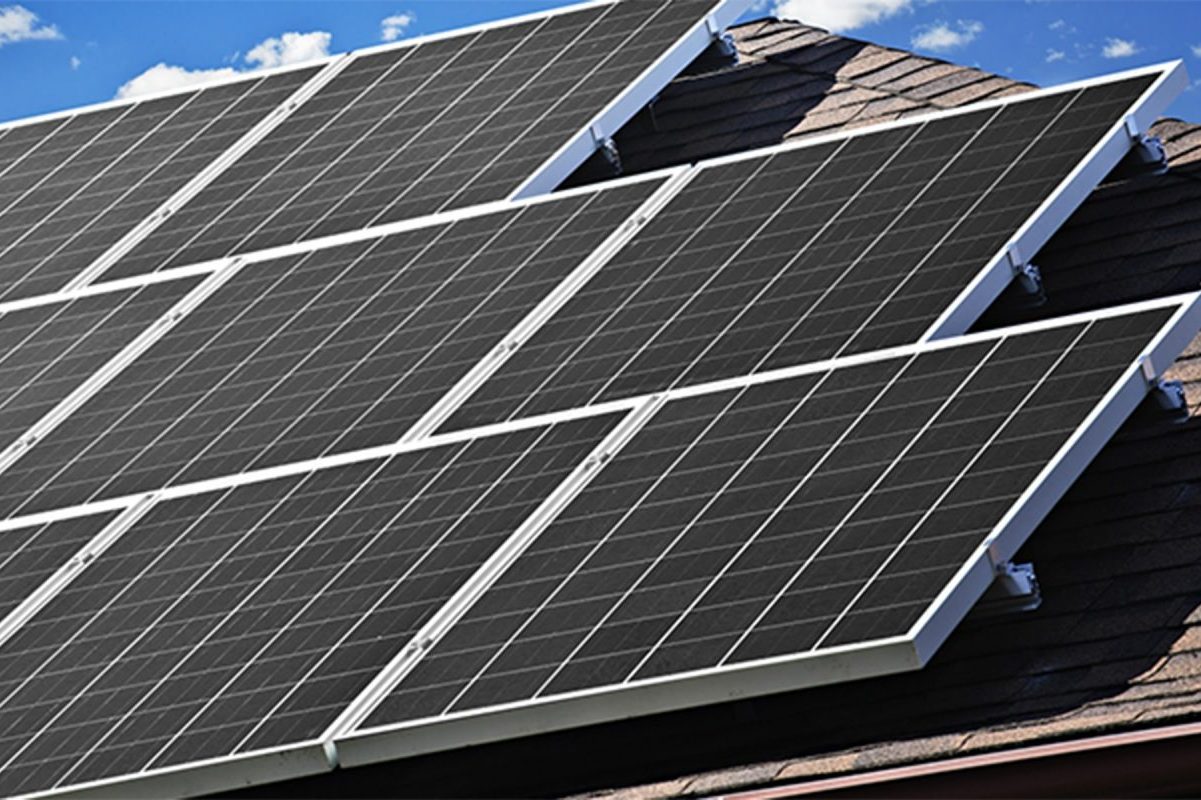Unlock massive savings on your home solar installation with solar energy grants and incentives. Federal tax credits allow you to deduct 26% of your solar panel system cost from your taxes. Many states, cities, and utilities also offer rebates and grants that can slash thousands off your upfront investment. With the right combination of incentives, you can reduce your solar costs by 50% or more. Don’t miss out on this opportunity to power your home with clean, affordable energy while keeping more money in your pocket.

Types of Grants and Incentives for Solar
Federal Tax Credits
The federal solar investment tax credit (ITC) is a significant incentive for homeowners looking to install solar panels. This credit allows you to deduct a portion of the cost of solar panels and installation from your federal taxes. As of 2023, the ITC stands at 30% of the total cost of your solar system. For example, if your solar panel installation costs $20,000, you can claim a $6,000 credit on your federal tax return. The ITC applies to both residential and commercial solar installations, and there is no cap on its value. To be eligible, you must own the solar system and have it installed on your primary or secondary residence in the United States. The credit can be claimed when you file your yearly federal tax return. Keep in mind that the ITC is set to decrease in the coming years, so acting sooner rather than later can maximize your savings.
State and Local Rebates
Many states and municipalities offer rebates and incentives to encourage homeowners to adopt solar energy. These programs can significantly reduce the upfront cost of installing solar panels on your home. For example, some states provide direct cash rebates based on the size of your solar system, while others offer tax credits that can be applied to your state income tax bill. Additionally, many cities and counties have their own incentive programs, such as property tax exemptions for homes with solar installations or low-interest loans to help finance the cost of going solar. To find out what rebates and incentives are available in your area, check with your state’s energy office or consult a local solar installer who can help you navigate the various programs and maximize your savings. By taking advantage of these incentives, you can make the switch to clean, renewable energy more affordable and accessible.
Utility Company Incentives
Many utility companies offer incentives to encourage homeowners to install solar panels. One of the most common is net metering, which allows you to sell excess electricity generated by your solar panels back to the grid. This can significantly reduce your energy bills and even earn you credits during high-production months. Some utilities also offer rebates or grants specifically for solar installations, further reducing upfront costs. Additionally, solar-friendly policies like streamlined interconnection processes and virtual net metering for multi-unit buildings make going solar easier than ever. Check with your local utility provider to learn about available incentives in your area.
How to Qualify and Apply
Eligibility Requirements
To qualify for most residential solar panel grants, homeowners must meet certain eligibility requirements. While specific criteria can vary by program, common factors include owning and occupying the property, having a suitable roof for solar installation, and meeting income thresholds. Many incentives are designed to help low-to-moderate income households afford the upfront costs of going solar. Applicants may need to provide proof of income, home ownership, and energy usage. Some programs have minimum credit score requirements or require that the property has no outstanding liens or code violations. Grants are often limited to the homeowner’s primary residence and may have maximum system size restrictions. In addition, the solar panels and installation must typically meet quality standards and be completed by a certified installer. Researching the specific requirements for available grants in your area is essential to determine if you qualify and can take advantage of these valuable financial incentives for embracing clean energy at home.
Application Process
Applying for residential solar grants typically involves several key steps. First, homeowners need to research available programs and determine their eligibility based on factors such as location, income level, and the type of solar installation planned. Next, gather required documents like proof of homeownership, utility bills, and project estimates from licensed installers. Most grant applications can be submitted online, by mail, or in person depending on the program.
Be prepared to provide detailed information about your property, energy usage, and the proposed solar panel system. Some grants may require an energy audit or specific certifications from your chosen installer. After submitting your application, wait for approval and carefully follow any additional instructions to receive your funding. Remember, the process can take several weeks to a few months, so plan accordingly. Don’t hesitate to reach out to program administrators with questions – they’re there to help you navigate the process and secure your solar grant.

Choosing a Solar Installer
Look for Experience and Credentials
When choosing a solar installer for your residential solar panel project, it’s crucial to look for experience and credentials, especially when it comes to navigating the world of solar grants and incentives. An installer with a proven track record in securing grants for their clients can make a significant difference in the affordability of your solar installation.
Look for installers who are certified by the North American Board of Certified Energy Practitioners (NABCEP), which is the gold standard in the solar industry. NABCEP-certified professionals have demonstrated their knowledge and expertise in solar PV system design, installation, and maintenance.
Additionally, seek out installers who have experience working with local, state, and federal grant programs. They should be well-versed in the requirements and application processes for various incentives, such as the federal solar tax credit, state-specific rebates, and utility company grants. An experienced installer can help you maximize the financial benefits available to you, making your solar panel installation more cost-effective in the long run.
Get Multiple Quotes
To ensure you get the best value for your solar installation, it’s essential to compare quotes from multiple installers. Reach out to at least three reputable companies and request detailed proposals. Look beyond just the overall price; consider factors like panel efficiency, warranty coverage, and the installer’s experience. Don’t be afraid to ask questions and negotiate. By getting multiple quotes, you can identify the installer that offers the optimal combination of quality, service, and price, while maximizing your eligibility for grants and incentives. Taking the time to compare your options will pay off in the long run with a superior solar system at the best possible price.
Conclusion
In conclusion, residential solar has never been more affordable thanks to the abundance of grants, tax credits, and other incentives available to homeowners. By taking advantage of these financial assistance programs, you can significantly reduce the upfront cost of going solar at home, making it a smart investment for both your wallet and the environment. Don’t let the initial price tag deter you from embracing clean, renewable energy. With a little research and the right installer, you can unlock the incredible potential of solar power and enjoy lower energy bills for years to come. Act now and start exploring the grants and incentives available in your area to make your solar dreams a reality. The future of sustainable living is bright, and it all starts with taking that first step towards a greener, more affordable home.








